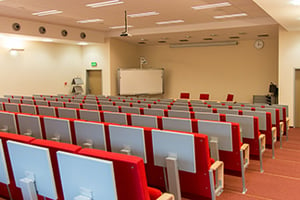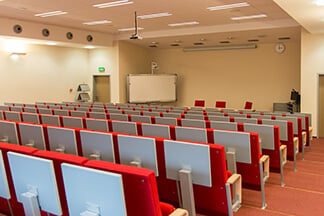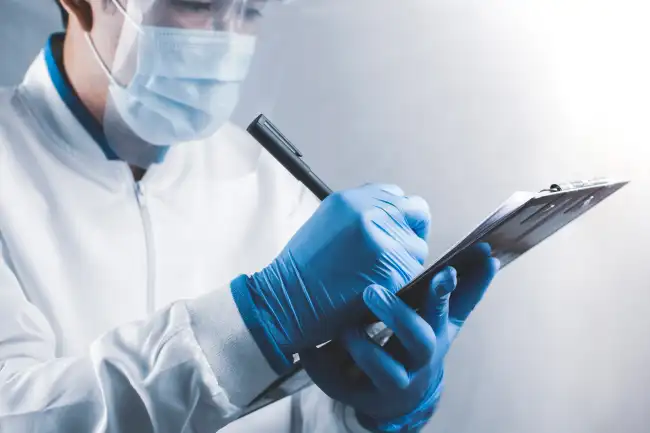Lab Training for Faculty and Students at Colleges and Universities
 Environmental, health, and safety (EHS) programs within a higher education niche pose unique challenges due to the complexity and ever-evolving nature of colleges and universities. There are several marks of a successful EHS program, including a comprehensive training program for faculty and students. Here we share our tips and best practices for creating an effective lab training program that will help your college or university put together a program to minimize the risk of injury or illness to faculty, students, and researchers. Keep reading to learn the steps to creating a successful lab training program.
Environmental, health, and safety (EHS) programs within a higher education niche pose unique challenges due to the complexity and ever-evolving nature of colleges and universities. There are several marks of a successful EHS program, including a comprehensive training program for faculty and students. Here we share our tips and best practices for creating an effective lab training program that will help your college or university put together a program to minimize the risk of injury or illness to faculty, students, and researchers. Keep reading to learn the steps to creating a successful lab training program.
Identify Training Groups
The first aspect when considering a training program for your university is to identify the different training groups. Training groups should include:
- Faculty
- Department heads
- Full-time faculty
- Adjuncts
- Research assistants
- Teacher's assistants
- Lab assistants
- Students
- Graduate/research students
- Undergraduate students
Identify Training Components
Some basic areas that you may want to include in your laboratory training programs include:
- Chemical hygiene
- Hazard Communication
- RCRA Hazardous Waste Management and Disposal (SAA/MAA Requirements)
- Biological Safety
- Bloodborne Pathogens
- Near-Miss/Incident Reporting
In addition, consider higher-level training for members of EHS or lab managers, including:
- Annual RCRA for Hazardous Waste Manifest Signers
- Triennial DOT for Hazardous Waste Manifest Signers
- Biennial IATA Dangerous Goods Shippers
- Hazardous Waste Operations and Emergency Response (HAZWOPER)
- Awareness Level
- First Responder - Operations Level
- Biennial CPR/First Aid
Faculty Laboratory Safety Training
For faculty members and teacher's assistants, we have found success in providing in-person training because it allows for collaboration through an open discussion. Faculty members are your eyes and ears, so as an EHS representative, you may end up learning more about the program's effectiveness in this setting. This allows the training session to have another constructive purpose by encouraging active dialogue, concerns, questions, and suggestions.
To schedule a time-block to conduct in-person faculty/adjunct training, work in tandem with the department head and laboratory manager. Getting all individuals in one room at the same time can be quite a struggle, so use these leaders as a resource and try to schedule a time during regular meeting hours. This allows opportunity for dialog and constructive discussion, and typically takes around an hour of their meeting time.
It's important to emphasize in these trainings that safety is everyone's responsibility. Faculty members, whether they are full-time or adjunct, are responsible for the students within the lab and it's important that they are displaying proper best practices and maintaining university policies, such as PPE, hazard communication, and chemical hygiene. This will allow students to observe that good behavior and follow suit.
Student Laboratory Safety Training
There are different options for laboratory training for students, so it's important to determine what the most effective means of training is at your university or college. Some suggestions we have seen utilized include presentations delivered by professors during a lecture, and online-based trainings that are required for students to complete prior to the first lab section. In our experience, using a system such as Blackboard (or an equivalent) is effective because it's helpful to maintain a list of students who have completed the training for record keeping.
Additional Resources
It is our hope that this information helps your organization begin its journey to improving its lab training program. If you need additional help putting together an effective program, or would like an experienced EHS expert to handle these trainings for you, please contact us by clicking the button below.






